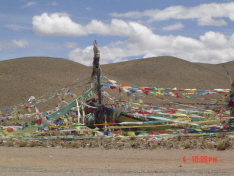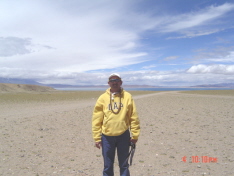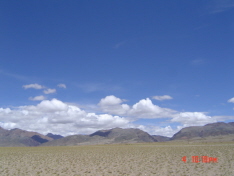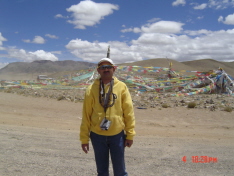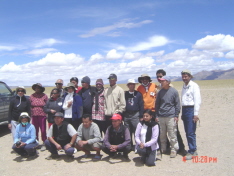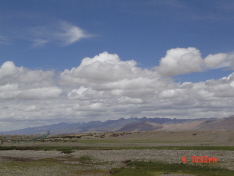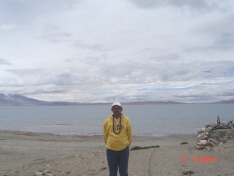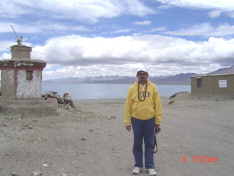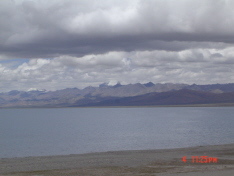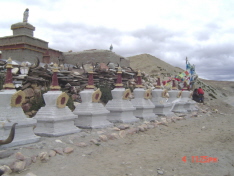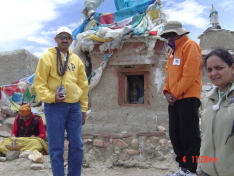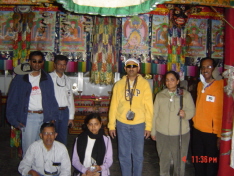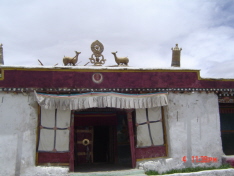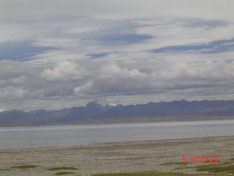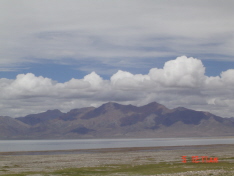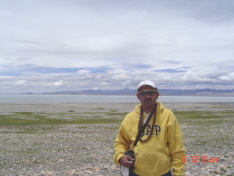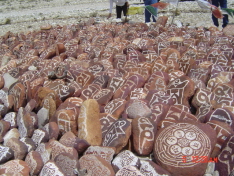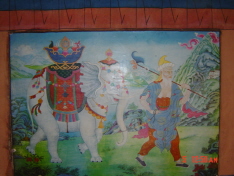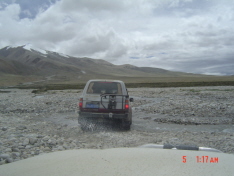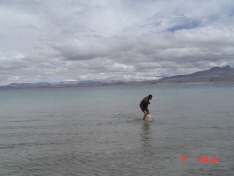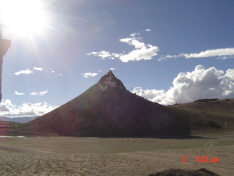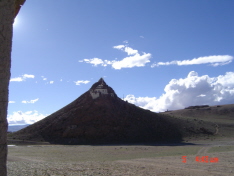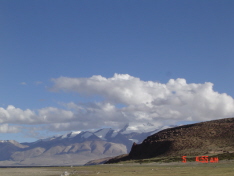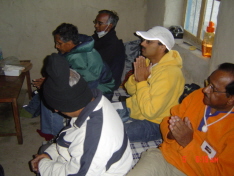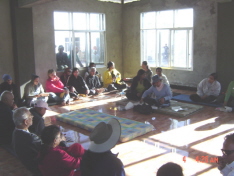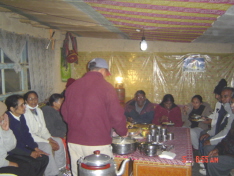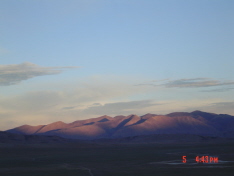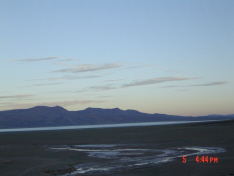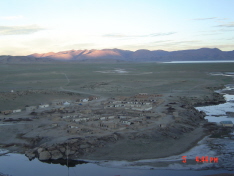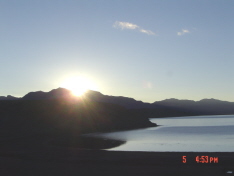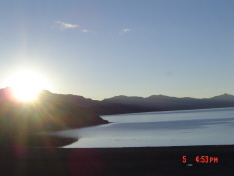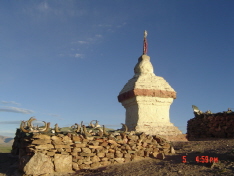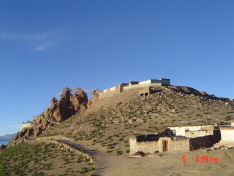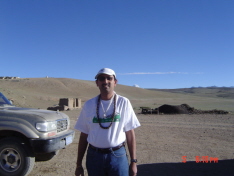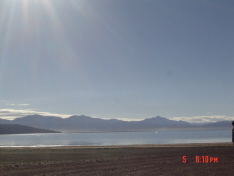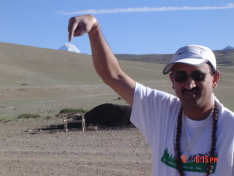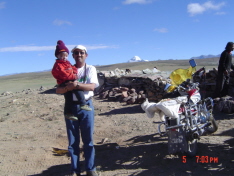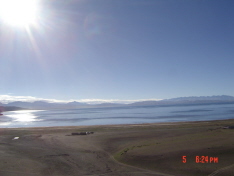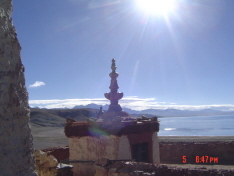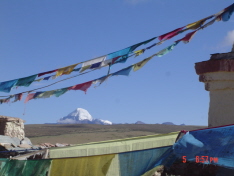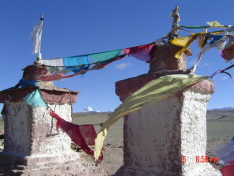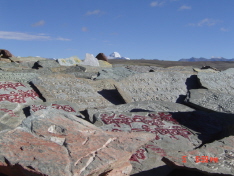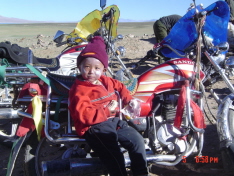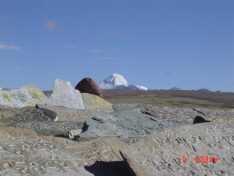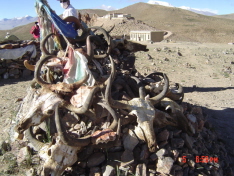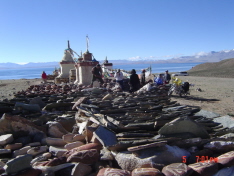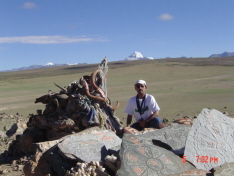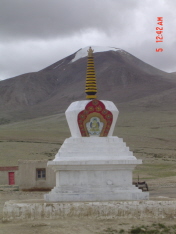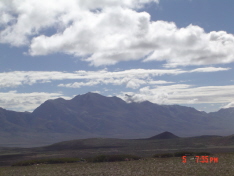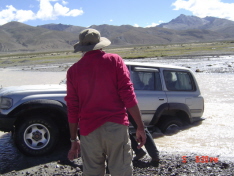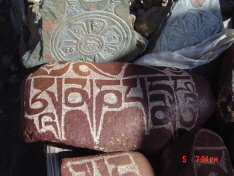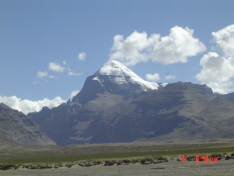Manasa Sarovar Parikrama:
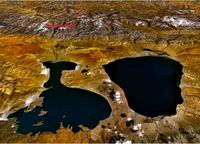
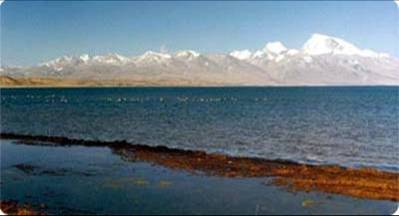
Before you set out to circumambulate Manasarovar it is vitally necessary to have sufficient supplies. You must make sure to have food for 4 to 5days, since it is generally not possible to buy any along the way. In the summer make sure to bring a surgical mask as well as insect repellent to protect yourself against the swarms of flies and mosquitoes that can plague the trekker at various points. The walk itself is longer than that around Kailash, but it is completely flat.
The starting point for the circumambulation of Manasarovar is the village of Huore. To reach Huore, you leave Darchen and go to Barga, a small settlement of three compounds and a military post, to the junction of the road connecting Shiquanhe and Purang with the so-called southern route to Central Tibet. The old site of Barga is a few kilometers away from the present, Chinese-built town. From New Barga you continue east along the southern route for a further 28km (17miles), passing to your let the snow-capped mountain Bonri said to have been given by Milarepa to his vanquished Bon opponent in the magic contest that took place at Kailash. The only regular transport between Darchen and Huore is the Indian pilgrim bus, which leaves once every four days during the pilgrimage season. It is also possible to hitch a ride on a truck or jeep.
At Huore you can stay the night at a small guest house before starting off for the lake itself the following morning. From Huore you can also hire horses to ride or carry your baggage around the lake. The body of water you see to the south of Huore is not Manasarovar but a small independent lake. Make sure to keep it to your right as you cross the deserted landscape, heading southwest to Manasarovar. When you first reach the northeast shore of the lake, there is short stretch where peculiar egg-shaped balls of weed and Karmapa stone (small pieces of highly polished jet) can be found. Both objects are venerated by Tibetans as precious relics.
From here you head south for about three hours until you reach Seralung Monastery. The original Seralung Monastery which housed up to one hundred monks, was located a couple of kilometers up the valley was destroyed during the Cultural Revolution. In 1980 a modest temple was rebuilt at its present site on the lakeside. It has a single shrine room. If you feel like sleeping here, it may be possible to stay either in the kitchen or in tents nearby. At the lakeside by the monastery one can find layers of five-colored sand-black, red, gold, green and silver, which is also venerated by the Tibetans.
From Seralung it is a 7hours walk to Trugo Monastery on the southern shore of the lake. Trugo has also been rebuilt on the lakeside instead of its original site. All along the southern shore of the lake Kailash can be seen clearly to the north. Several kilometers of Ta-ge River are hot spring and geysers. There is a government-built pilgrimís Guest House at Trugo, where you can spend the night for a small fee. Trugo is an excellent place to stay for a few days as it is isolated, peaceful and friendly and the views and sunsets are often spectacular. Trugo is also a trading pint for Tibetan nomads, who cajedown fro the narothen plains to sell wool and slat to Nepalese traders. Many Nepalese Hindus from northwest Nepal also come here to bathe and perform ablution in the lake, but these pilgrims rarely continue to Kailash. Behind the monastery is the great mountain, Gurla Mandhata.
The next stretch of the circumambulation entails a full dayís walk from Trugo to Tseti Lake on the western shore. As you turn around the southwest corner of Manasarovar, you will notice that this is the nesting place for many wild geese that migrate to the region. Also near this corner is a cairn made up of several peculiarly shaped rocks, upon which Tibetans make offering of scarves, sweets and chang. A couple of hours further around the shore you will pass by some tall cliffs in which are several blackened caves. A small monastery Gosul Gompa, has been rebuilt on top of the cliffs. A climb up affords magnificent views of the entire lake.
The only building at Tsethi is a rest house, where it is possible to spend the night, although there are no cooking facilities. From here, it is possible to meet the pilgrimís bus or you can try your luck hitchhiking on the road nearby either back to Purang or on to Darchen and Shiquanhe.
If you decide to continue on the pilgrimage, you walk another 2 hours or so to Chiu Monastery at the North West corner of the lake. This small monastery is a hill and marks the place where Padmasambhava spent the last seven days of his life on this earth. You can visit the cave where he is said to have meditated. Hot springs are found nearby a short distance down the channel. They are great for washing your hair.
Pilgrims must now make their way back to either Darchen via Barga or Purang. From Chiu Monastery you can walk to Barga in about four hours, or hitch a ride with a truck on the nearby road. From Barga it should be possible though not necessarily easy, to arrange transport back to Shiquanhe. You would probably have more success at Darchen. It is 104km (65miles) from Chiu to Purang, which has to be hitched unless you have prearranged transport. Remember that hitchin in Tibet means stopping a truck and negotiating with the driver how much you will pay for the journey. Because there is no public transport, all travelers, including Tibetans, pay for lifts. During the summer months the Indian pilgrimsí bus picks up groups of Indians here every few days and takes them to Darchen and then back to Purang. If seats are available, it may take other passengers for a charge.
